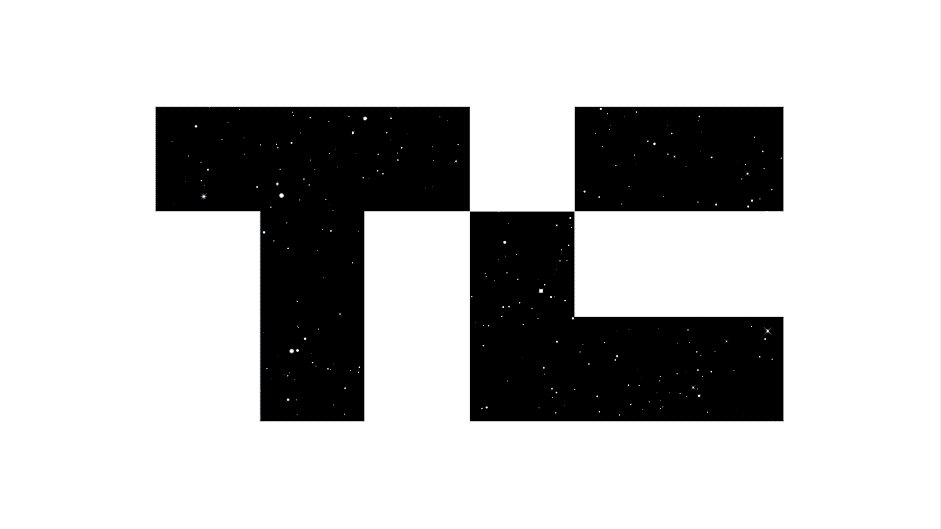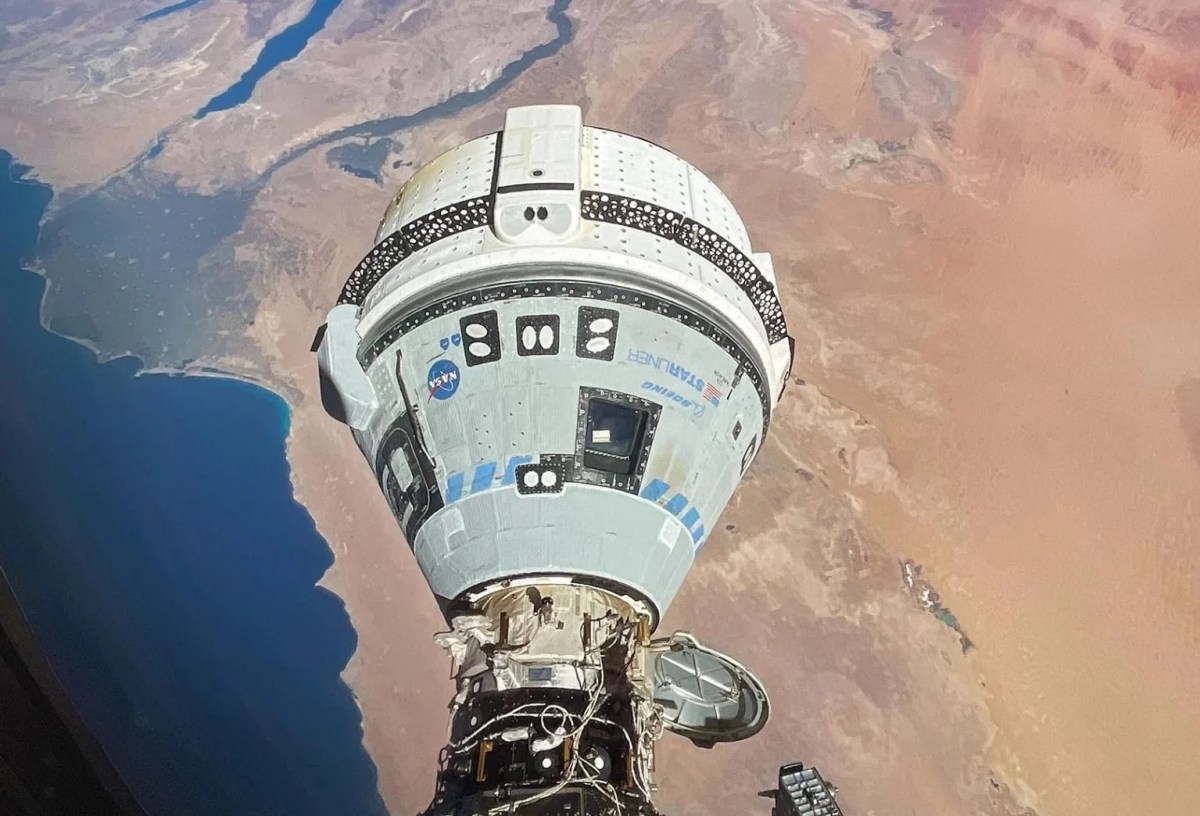Wednesday's Solar Eclipse Might Be the Worst One Yet
Few sights in nature can match the sheer majesty and awe of a solar eclipse. The primordial cosmic entities that make up our little corner of the impossibly vast universe align in just such a way that sunlight—the warming glow that makes life possible—is temporarily snuffed out. It’s the sort of thing that, to this day, can inspire religious terror and utterly break the minds of not very bright influencers.
That being said, don’t get your hopes up for a moment of tearful amazement on Wednesday. While the moon will, indeed, blot out a portion of the Sun, it seems likely to be a historically lousy eclipse, as very, very few people will get the chance to see it.
During a total solar eclipse, like the one back in April, the Moon passes between the Earth and the Sun, completely blocking out the view of the latter for those who are standing at just the right spot on the former. That’s not the case for the upcoming event on October 2, which will feature an annular eclipse.
While a portion of the Sun will be obscured by the Moon, it will happen during a point in the Moon’s orbit where it approaches its farthest point away from the Earth, a situation called the apogee. As a result, the Moon doesn’t completely cover the Sun, resulting in the appearance of a fiery ring, which gives the eclipse its name—the Latin word for ring is annulus. This eclipse will occur just a few hours before the Moon hits its apogee, meaning it will block out a particularly small portion of the light. Even so, the Sun will still be 86% covered by the Moon when the eclipse reaches its peak, according to EarthSky.
© NASA’s Scientific Visualization Studio
Unfortunately, this annular eclipse is not likely to attract many eyeballs given its unfortunate route, unlike the total eclipse in April, which offered one of the best viewing paths for skywatchers in recent memory.
The eclipse’s path will take it along a curving path across the Pacific Ocean. NASA says the annular eclipse will only be visible in parts of Argentina and Chile, including Rapa Nui (formerly known as Easter Island). If you won’t be in those specific locations, you may still get to see something, though it will be less impressive. A partial eclipse, where the Sun will appear to have a crescent shape, will be visible in a small part of western Mexico, as well as many Pacific Islands, including American Samoa and Hawaii, and parts of South America, including parts of Brazil, Uruguay, and Paraguay. For people in the continental U.S., sorry to say, you won’t see anything.
The partial eclipse will begin at 3:42 p.m. Coordinated Universal Time on October 2, which is four hours ahead of the Eastern Time Zone (so at 11:42 a.m. ET). The annular eclipse will become visible at 4:50 p.m. UT (12:50 p.m. ET), and will end at 8:39 p.m UT (4:39 p.m. ET).
Despite the underwhelming nature of this eclipse, as with any solar eclipse, safety precautions are necessary. Properly vetted eclipse glasses or solar viewers are a must. Do not, under any circumstances, stare directly at the Sun, lest you do permanent damage to your eyes. If you don’t have the proper eyewear, you can still get the gist of the eclipse by indirectly looking at it. You can do this by punching a small opening in a piece of paper or index card, and holding it up while keeping the Sun at your back. This will cast a shadow of the eclipse onto the ground in front of you.
We hope this has been informative for our many readers who live in the middle of the Pacific Ocean.
Correction: An earlier version of this post incorrectly stated Tuesday as the day of the eclipse. October 2 actually falls on Wednesday.




